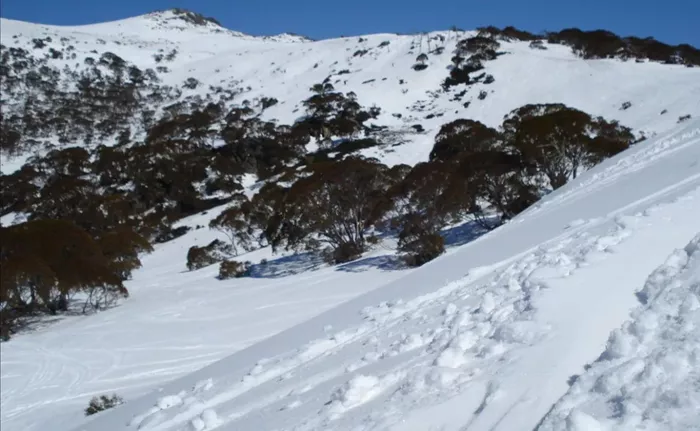Kosciuszko National Park, NSW – An inquest has revealed the daunting challenges associated with backcountry skiing in Kosciuszko National Park’s Watsons Crags, following the death of a 23-year-old skier.
Andrew Keith Seton was discovered deceased on September 5, 2022, on a rocky ledge in Watsons Crags, a notoriously difficult backcountry area located northwest of Perisher ski resort. The inquest was informed that this region demands a high level of technical skill and preparation for safe navigation.
Seton, an experienced skier, was found equipped with essential backcountry gear, including crampons, an ice pick, and a personal location beacon. However, according to counsel assisting Jack Harris, Seton did not submit a trip intention form, a precautionary measure recommended for all backcountry excursions and available online through NSW Parks and Wildlife.
On September 3, Seton informed his mother, Janice, of his plan to ski at Watsons Crags and indicated he would return by late afternoon. Despite this, no formal trip intention form was filed. Snowy Mountains Backcountry Tours operator Douglas Chatten testified that it is uncommon among backcountry skiers to complete such forms, with many relying on personal communication to inform others of their plans.
Backcountry aficionado Hugh Newall also admitted to seldom filling out the form, preferring to update his family directly. He emphasized that Watsons Crags is among the most intricate and challenging skiing locales in New South Wales, noting that favorable conditions can quickly deteriorate into treacherous icy terrain.
Chatten described the conditions on the day of Seton’s disappearance as unfavorable for skiing. He expressed regret that Seton chose to ski in such conditions, which he deemed inappropriate for the day.
When Seton failed to contact his mother by the anticipated time, she reported him missing to Jindabyne Police Station. Initially, police did not formally categorize Seton as missing, opting instead to monitor the situation under the assumption that he might have camped overnight or failed to notify his mother of his whereabouts. This delayed the initiation of the search and rescue operation until the morning of September 5, two days after Seton was first reported missing.
Seton’s body was eventually located by POLAIR on September 5 in the afternoon, on a rock in the chute at Watsons Crags.
The inquest, led by Jack Harris, aims to evaluate whether existing regulations are adequate, assess the response of the police search and rescue teams, and determine if recommendations should be made in light of Seton’s death. The proceedings will continue on Wednesday.
related topics:
- Snowshoeing vs. Cross-Country Skiing: Which Burns More Calories?
- What Are the Two Main Types of Cross Country Skiing?
- How Bad is Skiing in the Rain?

